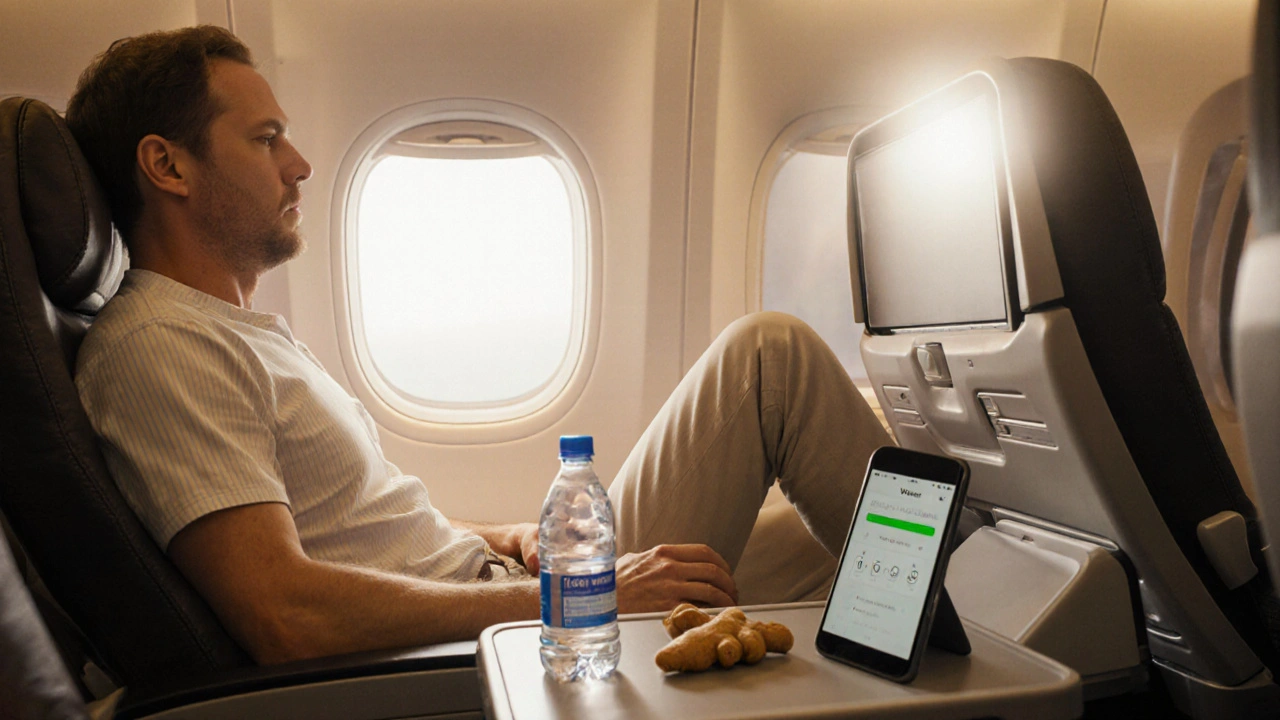Learn practical ways to stay active and beat travel sickness with simple exercises, ginger tips, hydration advice, and easy routines for planes, ships, and cars.
Ever felt queasy while the car bounced over a bumpy road or the boat rocked on waves? That’s travel sickness, and it’s more common than you think. The good news is you can recognize it fast and take steps that actually work, no need for fancy gadgets or endless research.
Travel sickness occurs when the inner ear, eyes, and brain send mixed signals about movement. Your ears tell you you’re moving, but if you’re reading a book or looking down, your eyes say you’re still. The brain gets confused and reacts with nausea, sweating, and a dizzy feeling. Anyone can get it, but kids, pregnant people, and anyone who’s tired or anxious are more likely to feel it.
There are three main types: car sickness, sea sickness, and air sickness. Each shares the same basic cause but shows up a bit differently. In a car, you might feel worse if you sit in the back seat where the motion is stronger. On a boat, the rolling motion is the main trigger. In a plane, the subtle changes in altitude and pressure can set it off, especially during take‑off and landing.
First, choose the right seat. In a car, sit in the front seat and focus on the road ahead. On a boat, stay near the center where the motion is less intense. In a plane, a seat over the wing usually feels the steadier.
Keep your eyes on a fixed point. Looking at the horizon or a distant object helps align the signals your brain receives. If you need to read, try an audiobook instead.
Fresh air makes a big difference. Crack a window in the car, step onto the deck for a few breaths on a boat, or use the air vent in the plane. A cool breeze can calm the stomach.
Natural remedies work for many people. Ginger—whether in chewable form, tea, or a capsule—has a reputation for reducing nausea. Peppermint gum or lozenges give a soothing effect, too.
If you prefer over‑the‑counter options, antihistamines like meclizine or dimenhydrinate are proven to help. Take them about an hour before you start traveling, and follow the dosage instructions. They can cause drowsiness, so plan a seat where you can rest if needed.
Stay hydrated but avoid heavy meals before the trip. A light snack of crackers or a banana can settle the stomach, while greasy foods often make it worse. Drinking water throughout the journey helps keep the digestive system calm.
Finally, try acupressure. Pressing on the P6 point—about three fingers width below the wrist on the inner forearm—has been shown to ease nausea for some people. You can use a wristband or just apply steady pressure with your thumb.
Travel sickness is annoying, but you don’t have to suffer through it. By picking the right seat, watching the horizon, using ginger or OTC meds, and staying hydrated, you can make most trips much more comfortable. Next time you hop in a car or board a plane, give these tips a try and enjoy the ride without the queasy feeling.

Learn practical ways to stay active and beat travel sickness with simple exercises, ginger tips, hydration advice, and easy routines for planes, ships, and cars.